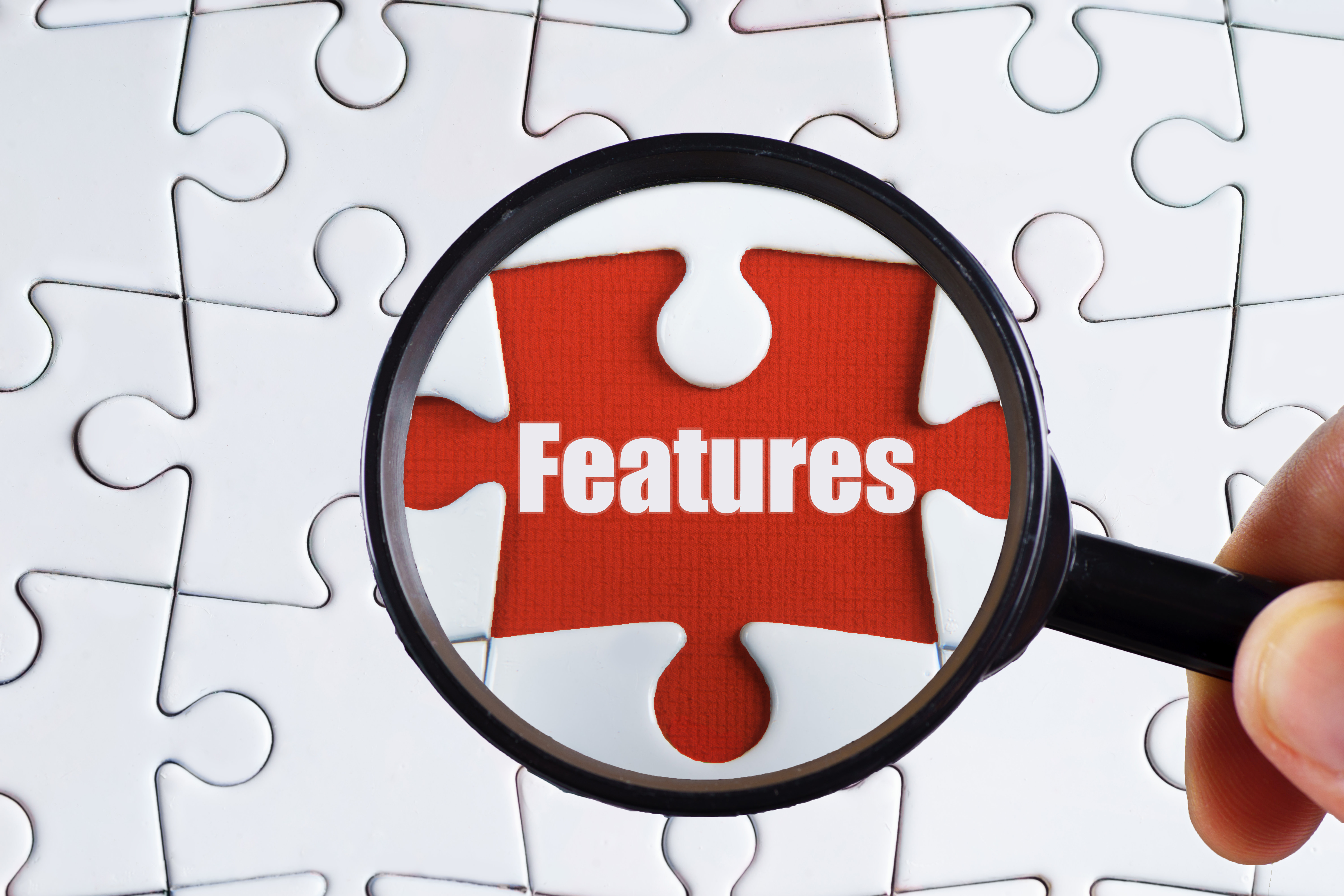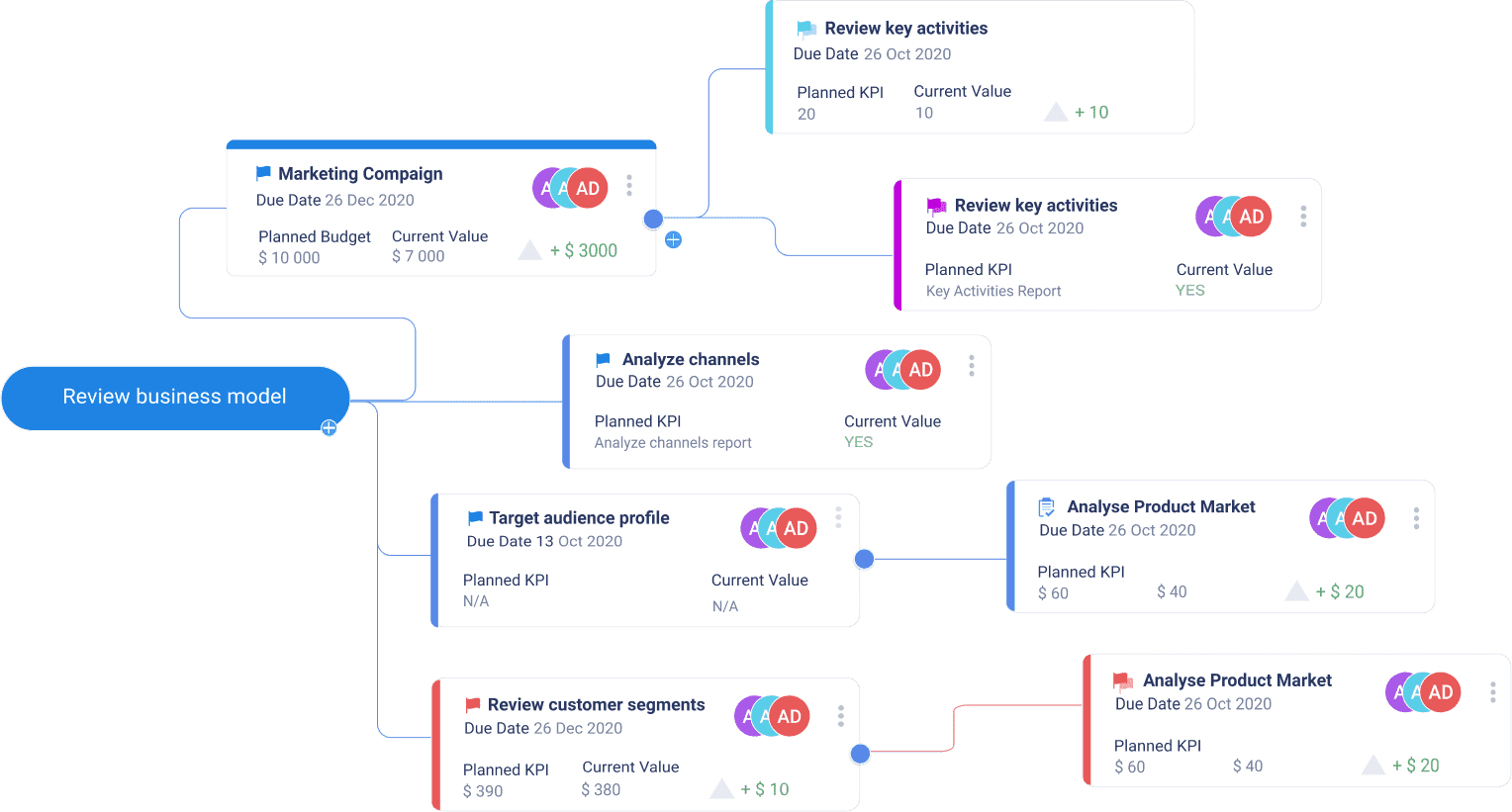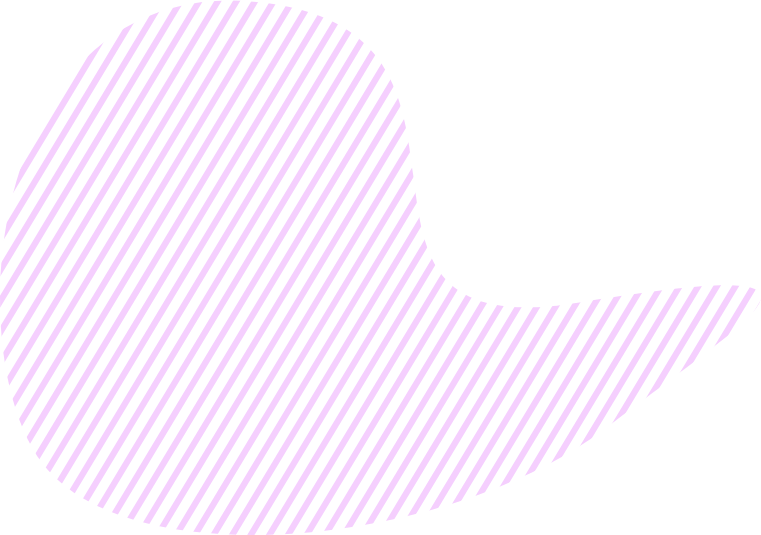What is Feature Bloat?
Feature bloat is a term that describes the result of accumulating too many features and functionalities in a product so that it becomes overloaded and does not perform its core function due to multiple addons. Consumers frequently perceive products as a “Swiss-army knife” and welcome added utility. In response, manufacturers provide as many capabilities as possible. Yet, the increased complexity prevents the product from being used, leaving dissatisfied consumers, stakeholders, and teams.

How to avoid feature bloating?
It is easy to design and implement new features, but it is more essential to build cleaner products free from unnecessary features. This should be taken into consideration at every stage of the product development from design to audit:
Build simpler products
In general, a product should be easy to use and should do one thing very well instead of being all-purpose feature-rich toys. Each product should improve the quality of its consumers’ lives, so tailoring products to cover a specific need at a specific segment enhances the consumer satisfaction.
Prioritize Usability
Features are not number one priority. It is always useful to look back at the Minimum Viable Product, study its essential function and think only of features that would enhance that function without unnecessary bells and whistles.
Map the feature to the consumer goal
A good question to ask is whether the feature fulfills the customer goal. For this, study the consumer’s motivations, typical situations they use the product and the broad context. This can be done with the help of job stories describing the context behind personas – a person engaging with the product in certain scenarios.
Help consumers decide
People are tempted to have multifunctional products, which creates a gap between consumers’ choice and use. What consumers want is not always what they need, and it is crucial to recognize the need and provide customers with the tools to recognize this need.
Listen to data
A good way to learn about consumers’ needs is to study consumers’ feedback. Yet, analyzing feedback is not just collecting the highest number of votes from customers and implementing the most popular feature. The weight of the feedback varies depending on the customers it’s coming from: are these the most valuable and high-paying customers? Or the most loyal customers? Or the most experienced and savvy ones? Besides, the interviews themselves should be designed in such a way so that the consumers do not get overwhelmed and can articulate their requirements.
Provide prototypes
If marketing research relies only on interviewing potential consumers, the product capabilities will get too much weight, which will result in crafting a product overloaded with features. Providing users with prototypes may increase the importance of usability and reveal actual user needs.
Perform a “feature audit“
It is useful to go over the product roadmap and/or backlog to optimize the features: for instance, the value of features with low adoption can be increased by promoting their adoption. Besides, you can weigh features against the product vision, the customer feedback, or the market trends.
Kill empty features
The “less is more” principle is not always the right choice and too few features might hamper initial sales. At the same time, if new customers are taking one look and leaving, the product might require some cleaning-up. It is good practice to analyze which features are unused and drop them, even if it means creating a “lite” version of the product.
Learn to say “no”
Finally, an essential skill to avoid overloading a product with unnecessary features is the ability to timely say no. Customers, stakeholders, company executives and teams have their ideas of the product development and are likely to suggest new features. Yet, it is impossible to listen to everyone, so you need to stay focused on your product vision, and your product’s purpose – the basic and proven need the product serves.



